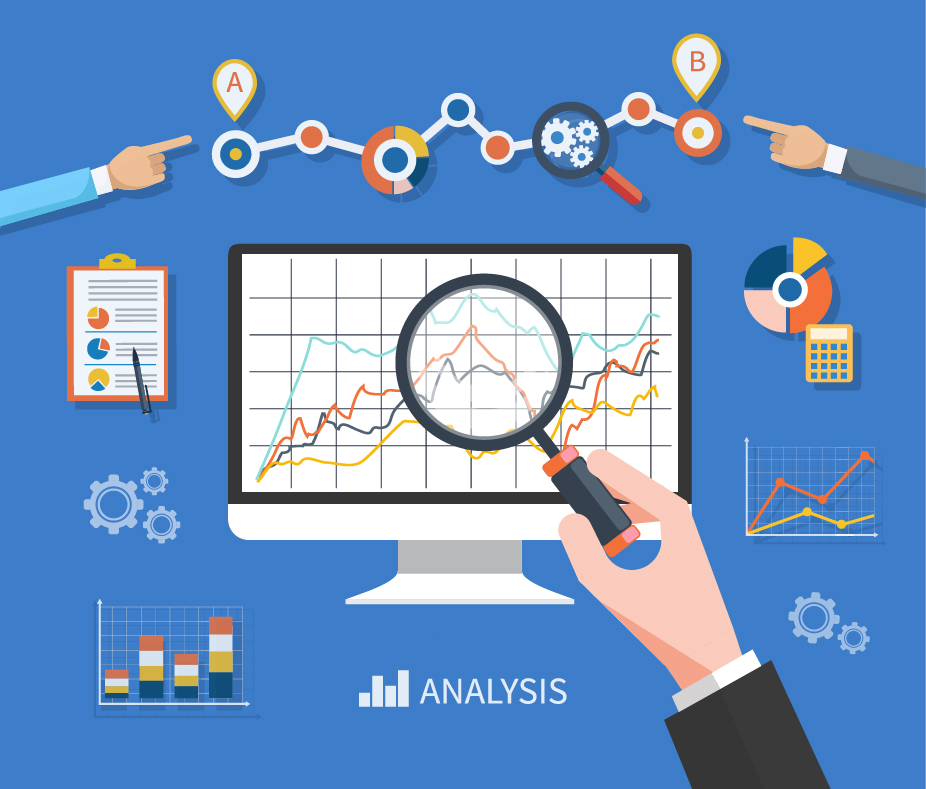We have the numbers… now we can use them.
It is the question of the decade: how do we not just collect but effectively use data to plan for the future of health? Increasing concerns surrounding rising healthcare costs, population densities, chronic diseases and ageing populations only add fuel to this discussion.
Data collection itself is omnipresent in health, ranging from increasingly digitalised medical records, Australia’s well established Census and National Health Surveys, documenting and reporting of hospital data, Cause of Death reporting, specific disease reporting, and data recorded under the Pharmaceutical Benefit Scheme, to just name a few. In addition to this, there is a number of other more creative data sources which have powerful potential, such as tobacco tax collection per location, data from ‘healthy living’ phone applications, or Google behavioural search trends.
However, large-scale and well-executed data collection often comes at a cost (Australia’s 2011 Census alone cost 440 million dollars) and is defendable only if we can use the data to enable effective and efficient healthcare monitoring, evaluation and planning leading to better, more cost-effective health systems in the long run.
‘Big data’ in health has a lot to live up to. It is credited with potential benefits ranging from improving effectiveness of current health systems, decreasing health costs, spotting trends and epidemics, increasing accountability in healthcare spending, to improving planning in health through predictive modelling and simulation.
At Cogent Data Analytics we have been exploring innovative ways of managing big data in health to maximise its potential. While a lot of health information is being collected, there are barriers in the accessibility of this data to the public and to key decision makers.
How can we improve the access to data from a range of sources to decision makers at all levels, allowing them to make evidence based decisions on health budgets and improve targeted spending in health? Can we portray the data in a way that enables good data literacy by the users, both those statistically trained and not? What can we do to make health data less siloed and more integrated, to reflect the reality of health? How and to what extent can we best exploit the predictive powers of our health data, using correlation and optimised solutions? What is the best way to ‘dig deeper’ and enable informed analyses of the data by key decision makers, which goes further than simply ‘having the numbers’? Finally, can we give local decision makers the tools needed to become health leaders?
Here at Cogent Data Analytics, we have been pulling apart health data and reworking it for our clients: to give the data meaning and practical application. In a recent project, we worked on integrating a number of indicators to provide a multi-variable analysis of health discrepancies across a Primary Health Network. If you have an application for local data management and analysis, please contact us.
